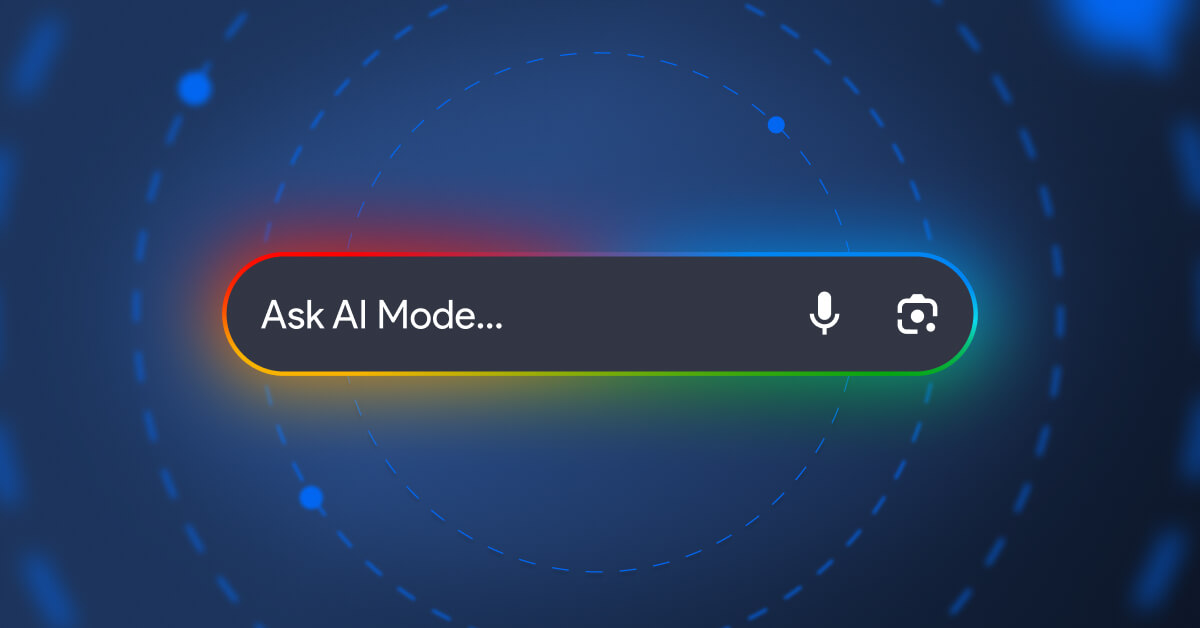
Google Pushes the Boundaries of Search with AI Mode
Announced at the Google I/O 2025 conference, AI Mode marks a new milestone in the…
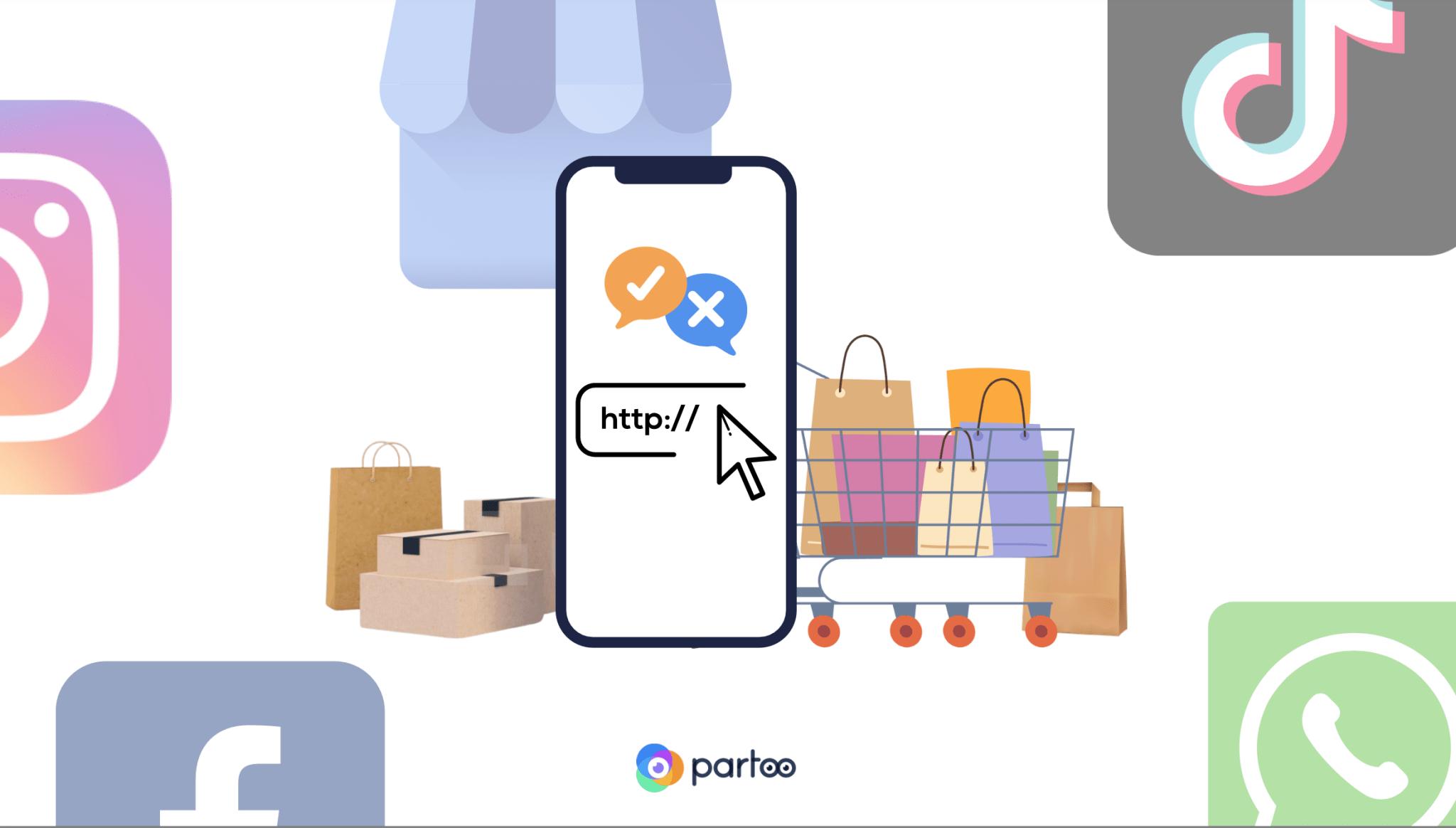
Table of contents
A few years ago, the only way for a company to reach Internet users was through its website. Those days seem long gone… The sites are not obsolete, but they’ve somehow lost their relevance. We see this everyday, when trying to find the opening hours, address or telephone number of restaurants or shops, for instance. We rarely need to visit their website – their Google listing provides us with all the information we need.
Since platforms have emerged, led by search engines and social networks, they have become a necessary step for consumers, and they are giving it all to keep this privileged position.
Google Business Profile, Facebook, Instagram, WhatsApp, TikTok… In the midst of all these new players, the decline of the website seems to be inevitable. Once the central wheel in the digital mechanism, the website is now just one piece among many others. A valuable piece, certainly – but one that is competing with and gradually being replaced by other players.
Internet users’ habits are evolving among the shifts of these new players, who benefit from a considerable audience. Google and the development of Google Business Profile (former Google My Business) is the most striking example.
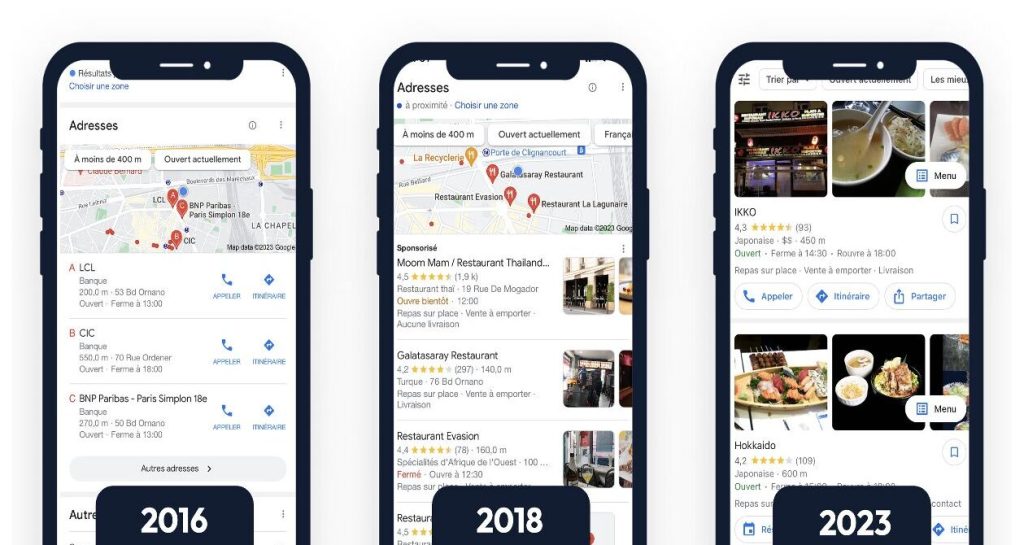
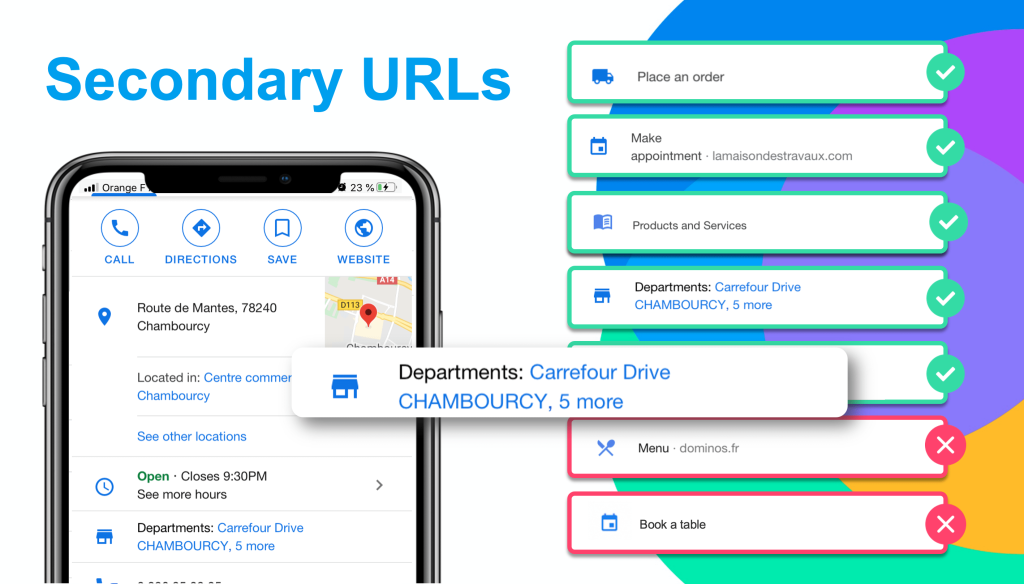
This tool, designed to connect users and businesses via Google Search and Google Maps, is extremely effective. We don’t need to visit a website any more to find a phone number, send a message, search for directions, make a reservation, check the availability of products, learn the opening hours, read customer reviews… Everything is already available on the listing.
The new features announced during the Search On Conference 2022 align with these shifts. From now on, Google wants to provide the answer even at the suggestion stage: users will be referred directly to a Google Business Profile, for example. The classic results page (SERP) will no longer be displayed systematically, but a set of content sorted and selected by Google will be shown instead.
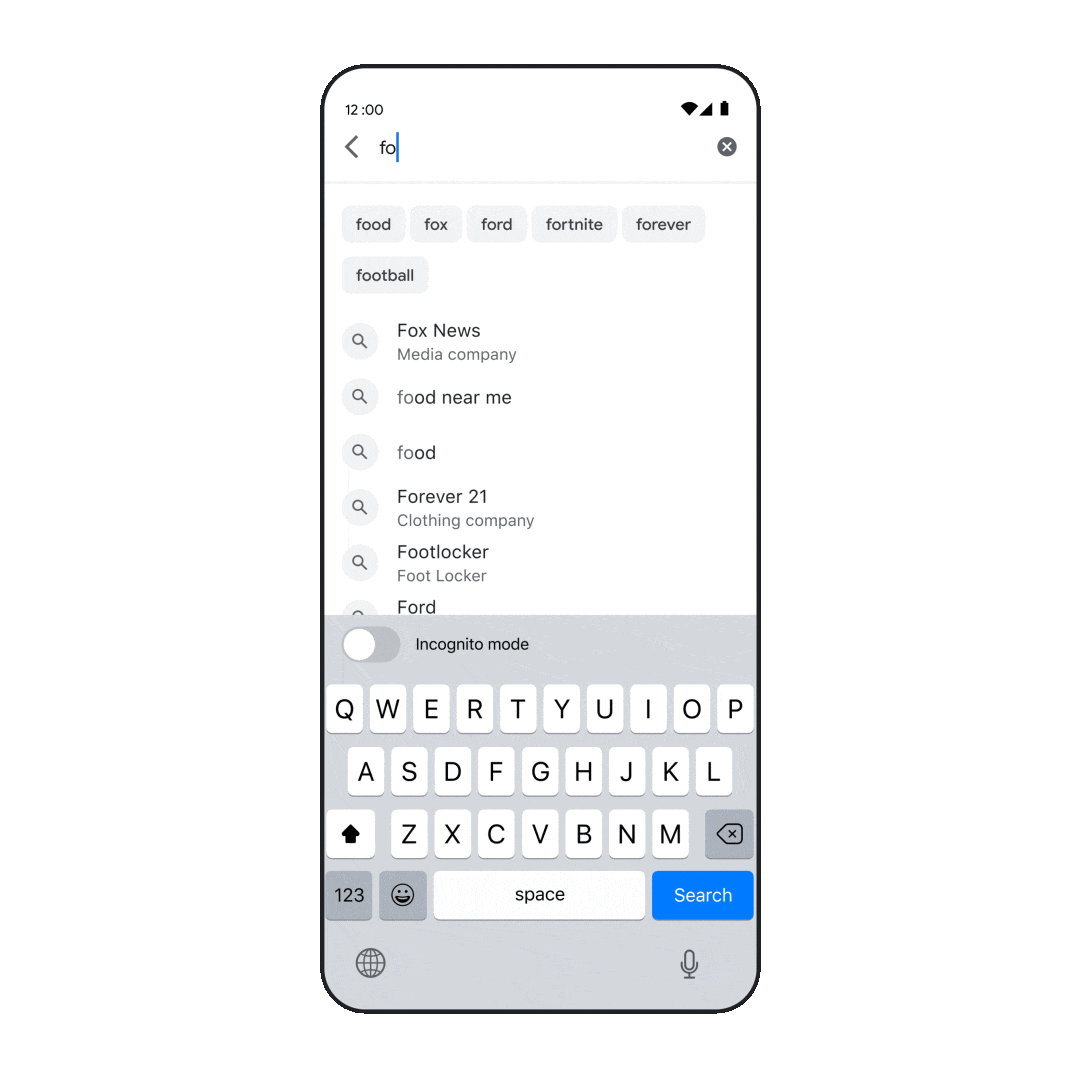
In short, in this context, there is no real need for the website. By favouring its own universe, the search engine works less and less effectively as an intermediary. Thus, it would not be surprising to see the rate of “zero-click” searches increase further in the coming years.
Do we always need to go to a business website before visiting the store? No: Google listings are often enough. The purchase journey is becoming increasingly digital and continues to the website stage.
Why bother visiting the website when a restaurant’s listing includes:
All the information you need is here! For finding information, making decisions and even taking action. Of course, this is an extreme case. The website is still useful in many cases, for example to find out more about the services offered by a company. However, it is no longer systematically the heart of companies’ digital strategy.
It is still unusual to purchase from a Google listing or other platforms, but more and more brands on a worldwide level are joining the trend: you can shop via Whatsapp at JioMart in India or via WeChat in China, order a Burger King menu directly on Google Maps in the States… Companies are seizing on the new channels to keep up with consumers’ new habits. A very attractive promise, full of potential. By combining comfort and practicality, these initiatives have everything brands are looking for.
In India, you can easily shop on WhatsApp. You can fill your basket and pay in just a few clicks.
However, the website is not obsolete and will certainly not be obsolete in the next 5 years. However, the trend is to use it less and less, and the evolution of the purchasing journey invites us to wonder what it will be like in 2030…
Want to easily develop your business through the Internet? It’s possible thanks to Partoo!
Download our 2025 barometer and discover which companies manage their online reputation the best, along with recommendations to enhance your business!
Receive our best articles and practical guides directly in your inbox every month